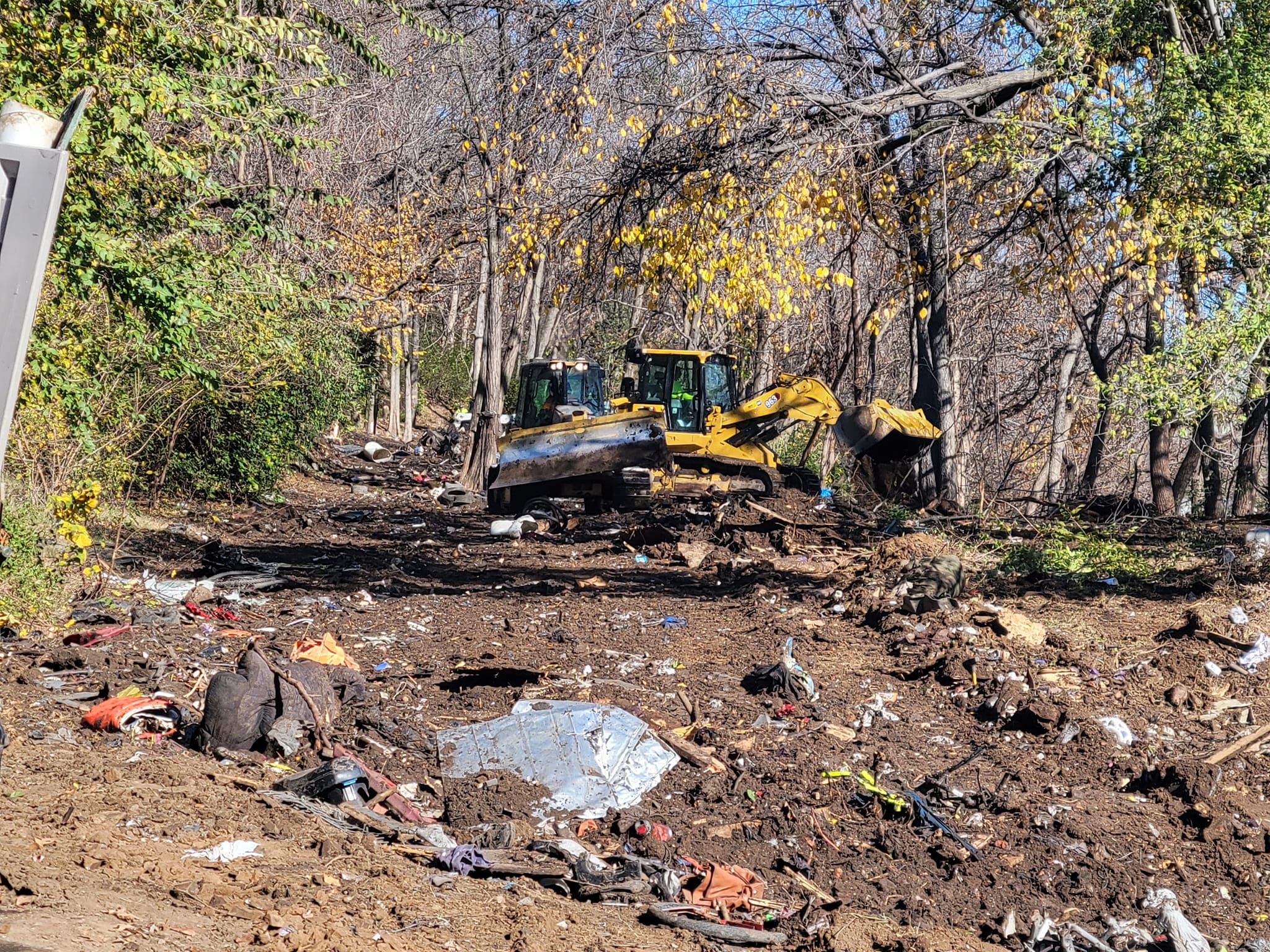
Elizabeth Orosco
Northeast News
Kansas City Public Schools (KCPS) received their 2019 Annual Performance Report (APR), and while the district will remain provisionally accredited, Superintendent Dr. Mark Bedell said there is still a lot to be proud of.
Last year, KCPS received an 82.9 percent APR score, the highest in district history. This year, KCPS received a 65.4 percent APR score for 2019, a 17.5 difference from last year.
This year, the APR scoring looks different, as the Missouri Department of Elementary and Secondary Education (DESE) has removed the overall percentage and replaced it with a color-coded chart that gives details on academic achievement, subgroup achievement, college and career readiness, attendance, and graduation rates.
The chart breaks these down into growth expectations, status expectations, and progress expectations.
KCPS exceeded state expectations in English Language Arts and Math, despite statewide numbers declining in both areas.
This was also the first year since 2014 that KCPS earned points in Science.
“We have a lot to celebrate,” said Dr. Bedell. “Our academic performance and the growth that we are making over the last several years is something to be extremely proud of. We feel that with a much more difficult assessment, our instructional framework that we have in place is paying dividends.”
The biggest challenge? Attendance, said Dr. Bedell. The district received zero of the ten total points possible for attendance.
Attendance is calculated by determining the percentage of students who are present in the classroom 90 percent of the time.
Looking at the district as a whole, 79.3 percent of students were present 90 percent of the time for their three-year calculated average.
Breaking this attendance criteria down to specific schools in the Northeast community are as follows:
Northeast High: 46.9%
Garfield Elementary: 88.1%
Gladstone Elementary: 92.3%
James Elementary: 94.3%
Northeast Middle: 63.3%
Whittier Elementary: 85.4%
When asked what the answer is to the attendance issue in the district, Dr. Bedell didn’t hesitate to answer.
“I don’t know. I don’t have an answer. I need help. I’ve never experienced attendance like this anywhere I’ve worked,” he said. “If we don’t become more intentional in expressing the importance of kids being in school on a daily basis, this is not going to change.”
Dr. Bedell said he would take it further and ask the state why attendance is used as a factor to calculate the APR score in the first place.
“It concerns me because we get hit in three different areas with attendance. For the kids who don’t come, they impact overall academic achievement, college and career readiness, and graduation rates, and for the kids who do come, they are performing above what the state expected them to do.”
Funding is also an issue, said Dr. Bedell.
“When they don’t come, you don’t get funding,” he said. “For school districts that have these type of zeros, there is a theme that is in common: we all have very difficult community problems that we have to overcome like evictions, mobility, homelessness, things that you might not have to deal with out in Blue Springs or Lee’s Summit.”
Mobility refers to students changing schools during the school year, which has roots in homelessness and evictions, issues completely out of the child’s control.
According to the KCPS System Analysis, the state mobility average in 2018 was 23.2 percent. KCPS neighborhood schools had a 47.4 percent mobility rate that same year.
Dr. Bedell said factoring attendance into the overall APR score significantly changes the status of the district.
“If you removed those 10 points and you change that denominator, we are a fully-accredited school system,” he said.
Mallory McGowin, communications coordinator with the Missouri Department of Elementary and Secondary Education, said DESE believes in the importance of student attendance.
“It greatly impacts student achievement,” she stated in a recent email. “Simply put, if students aren’t in school on a regular basis, then we can’t teach them. Attending school regularly and being on time also teaches our students an important employability skill.”
Specifically looking at schools in the Northeast community, what can be done?
Manny Abarca, KCPS sub-district three representative and treasurer on the KCPS board, echoed Dr. Bedell’s statements and said educating parents is key.
“I think we have a role in educating families and making them understand truly that by the minute, by the hour, by the day, attendance hits us in many ways. Parents need to be thinking of kids missing school as they are reducing dollars going into their school district. It’s that type of mentality that needs to be had so they understand the impact that a student missing even a minute has. That’s a direct financial and educational impact. It’s a ripple effect.”
A specific issue Abarca said families in the Northeast are facing that leads to poor attendance is immigration issues.
“We are the largest immigrant and refugee population in the city and there is probably a very high mobility rate because of those circumstances,” he said. “I’m trying to help solve some of those issues about mobility that would ultimately lead to curbing some of those attendance issues. I think that’s our biggest challenge in the Northeast.”
Ultimately, Dr. Bedell said the district continuing on the path they are on will result in full accreditation.
“I want to teach a holistic curriculum and I want to make sure that our kids are well-rounded and I want to make sure our kids are being prepared,” he said. “At the end of the day, I want my kids to be able to compete and understand that what Missouri learning standards dictate what our kids should be able to know and do upon graduation, that we prepare those kids to be able to do that.”
Dr. Bedell had this to say to educators and the public:
“For our educators, our business sector, and many of the businesses that have invested in this school district, I want our educators to know that their hard work is paying off. I don’t want them to give up, get discouraged, or get frustrated. I want the business sector to know that their investments are making a difference and to continue believing in our school district. We are no longer at the very bottom in the state of Missouri and at one point, I could not sit here and say that to a media outlet. We have passed districts in performance and we have passed charter schools in performance. Even though the report card mechanism has changed, people can go and look at that and do their own comparisons and see where we are. There’s a lot to be proud of right now.”

















